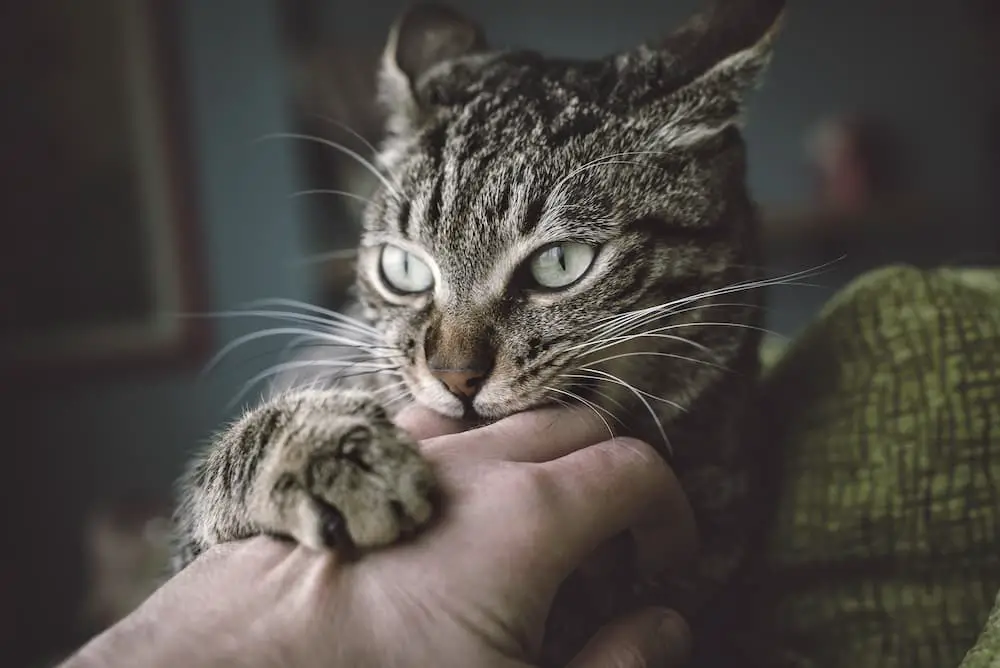When adopting a cat to provide emotional support, there is quite a bit of pressure to make this new relationship work. You may have worked with an organization to be matched with an emotional support cat or you may have created a bond with a cat at a local shelter. This cat may not even be for you but for a cherished member of your family. Whatever the case, the transition into your home is a crucial part of smoothly integrating this furry companion into your life. Learn how to do so effectively and start the enriching bond that will last for years to come.

Deciding When an Emotional Support Cat Is Right for You
Depending on your unique situation, an emotional support cat can be a great addition to your support system. If you or a loved one lives with a disability or mental health condition, this animal can help soothe and reassure in times of need. The benefits of an emotional support cat include:
- Boosted levels of oxytocin;
- Lower stress levels;
- Lower blood pressure;
- Less chance of physical ailments;
- Greater chance of making acquaintances;
- Addiction-curbing benefits like petting as a response to triggers;
- Therapeutic purring.
These types of pets are similar to emotional support dogs, but they don’t require as much stimulation, training, and care. Cats are more self-sufficient, but this doesn’t mean that they are solitary creatures. They enjoy hanging around their human companions and can create a close bond with their owners. You can also train them to come to your aid during times of distress. Training can also increase your bond and give your mind something to focus on instead of your ailments.
Recognizing your mental health needs — or those of the people around you — is the first step to getting help. Working with a mental health practitioner or doctor can help you determine if your symptoms are impacting your daily functioning. Cats can help if you or your loved ones are experiencing symptoms of trauma, addiction recovery, and more.
Preparing by Making Your Home Cat-Safe
If you’ve decided an emotional support cat is the right choice for you, make sure your home is cat-safe before bringing them in. Decreasing possible dangers or annoyances will make sure the transition is as seamless and stress-free as possible. Pet-proof your house for a cat by:
- Putting away poisonous items, including common chemicals, foods, or plants harmful to cats;
- Investing in pet-friendly cleaning products;
- Getting cordless blinds or wrapping up the cords out of reach;
- Keeping twist ties, string, and other small items put away in drawers;
- Installing child locks on cabinets and drawers;
- Organizing cables and covering electrical outlets;
- Having a litter box set up;
- Separating other animals and small children at first;
- Preparing a specific room free of dangers to keep the cat in before transitioning to the entire house.
Even if your cat will be entirely indoors, don’t forget to get them the proper vaccinations. They can be sneaky, curious creatures, so don’t forget to pet-proof your garage and outdoor spaces just in case. Having all of this ready and researching the tools you need to keep your cat healthy and happy will make the transition easy and instill confidence in you and your new pet.
Nurturing Your Relationship With the New Companion
Assistance animals are typically registered and come with extra resources to help them integrate into your life. A new relationship with an emotional support cat is a rewarding and mutually beneficial endeavor. Establishing trust is paramount. Spend quality time engaging in activities that promote bonding, such as interactive playtime, petting, and simply being present. Cats thrive on routine, so maintaining a consistent feeding schedule and providing a comfortable space for rest are essential.
Respect your cat’s individual personality, allowing them to express themselves and offering positive reinforcement when they exhibit desirable behaviors. Make sure to schedule regular veterinary care and work with an animal assistance organization to continue training. Patience is key in understanding and interpreting your cat’s cues, contributing to a strong emotional connection. Ultimately, the bond with an emotional support cat flourishes through love, attention, and the reciprocal comfort they provide in times of need.
About the Author: Katie Brenneman

Katie Brenneman is a passionate writer specializing in lifestyle, mental health, and animal-related content. When she isn’t writing, you can find her with her nose buried in a book or snuggling with her cat, Clementine. To connect with Katie, you can follow her on Twitter.
The Catington Post is reader-supported. That means, if you make a purchase through links on our site, we may earn an affiliate commission. All images and names which are not the property of The Catington Post are the property of their respective owners.








